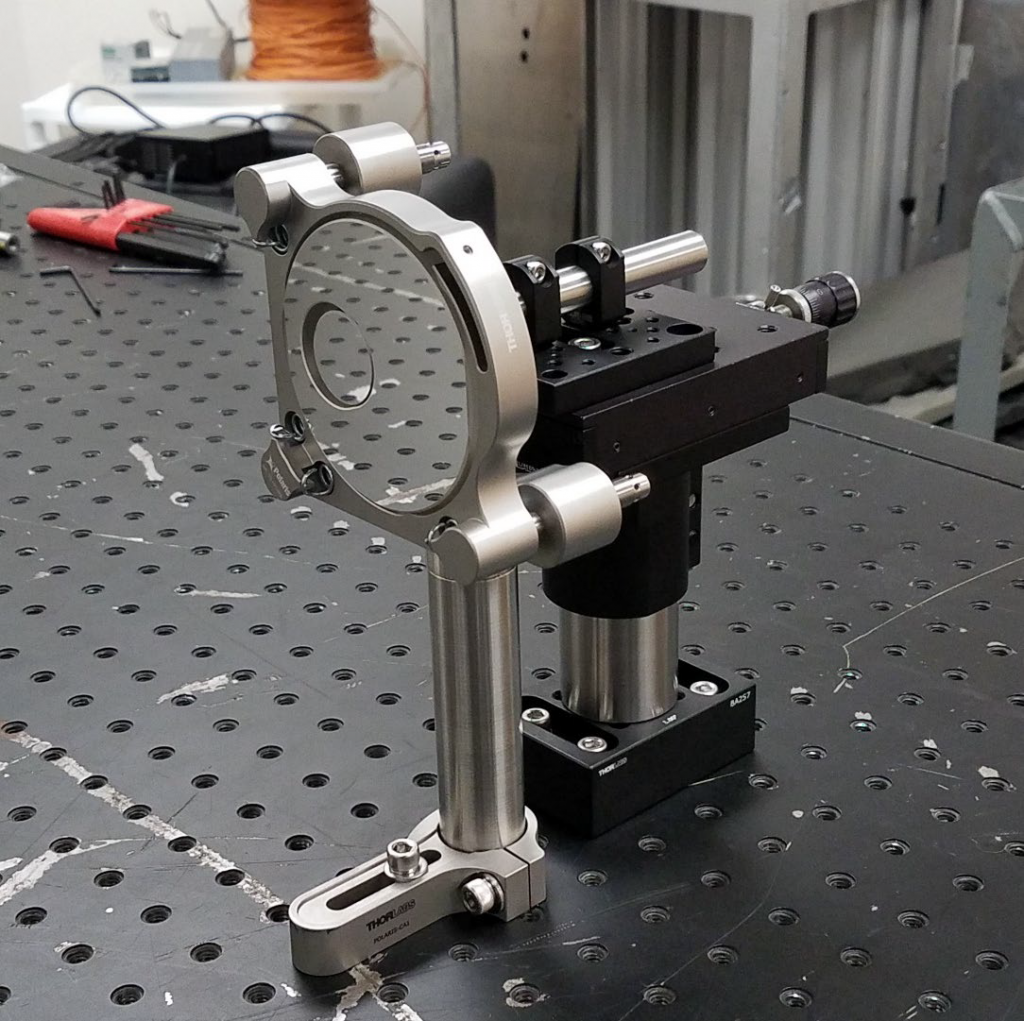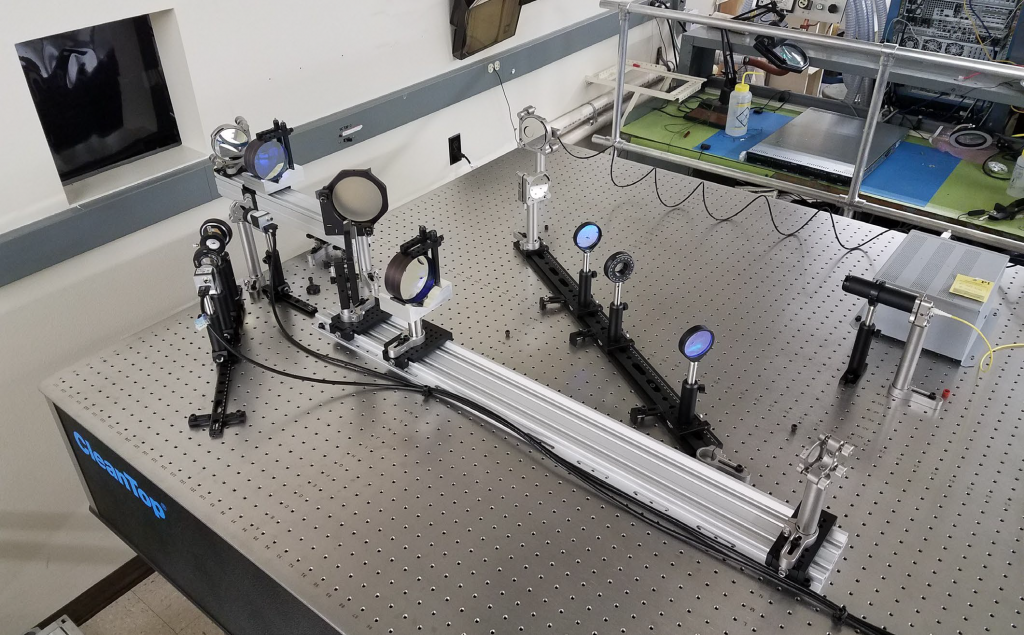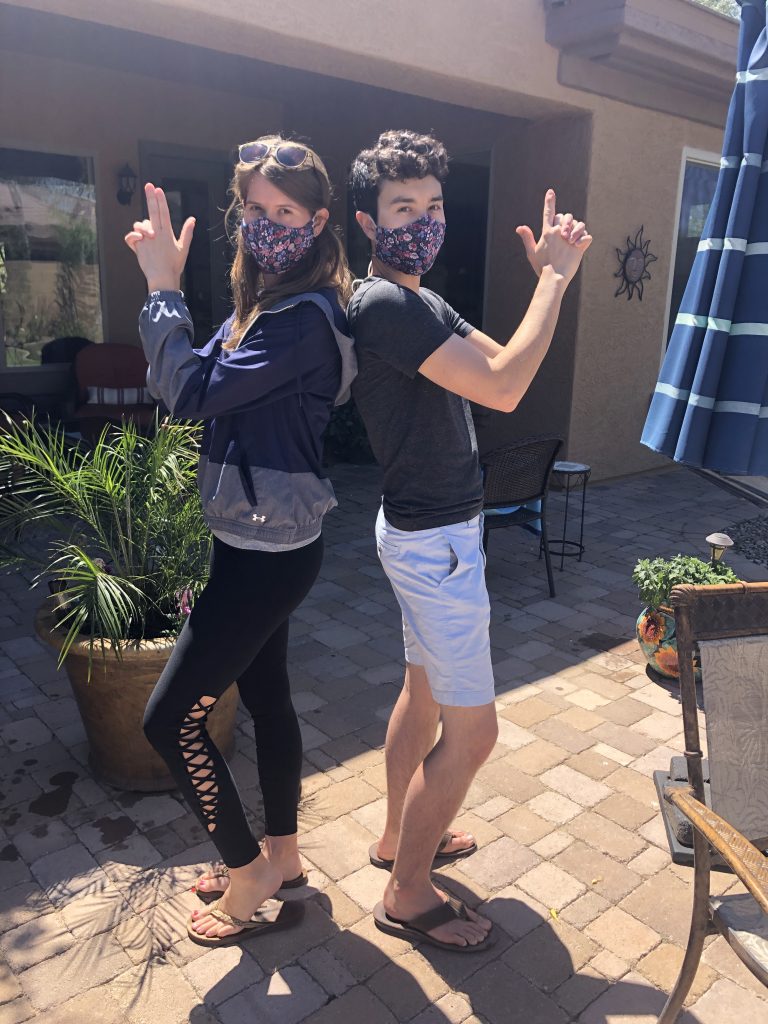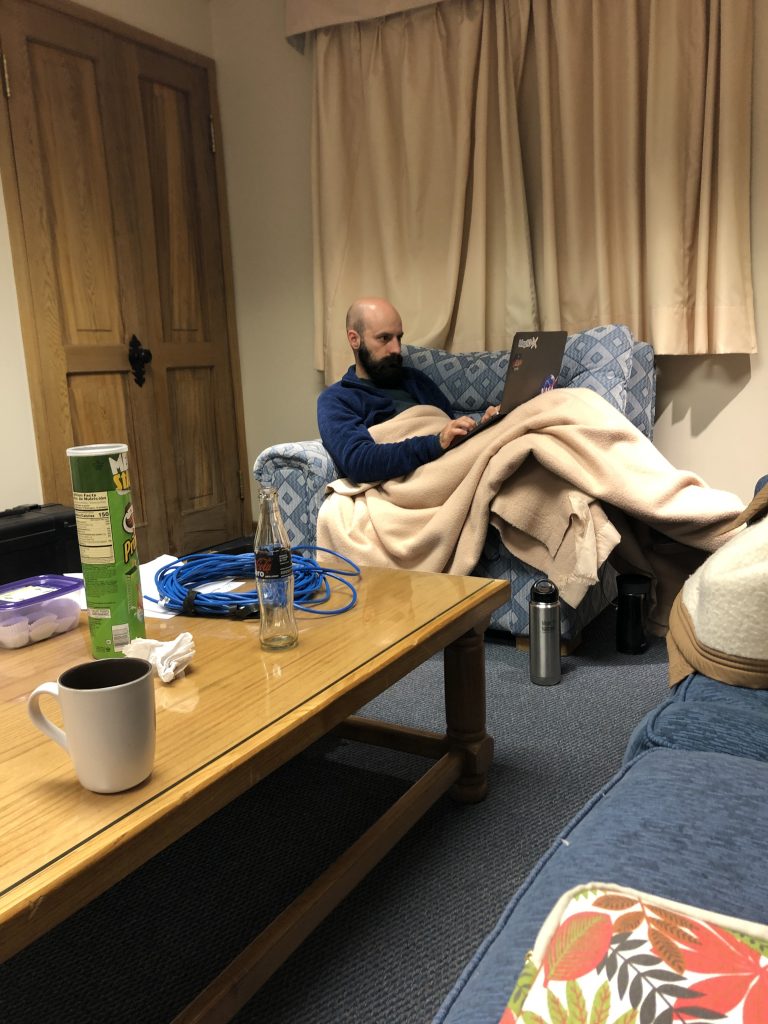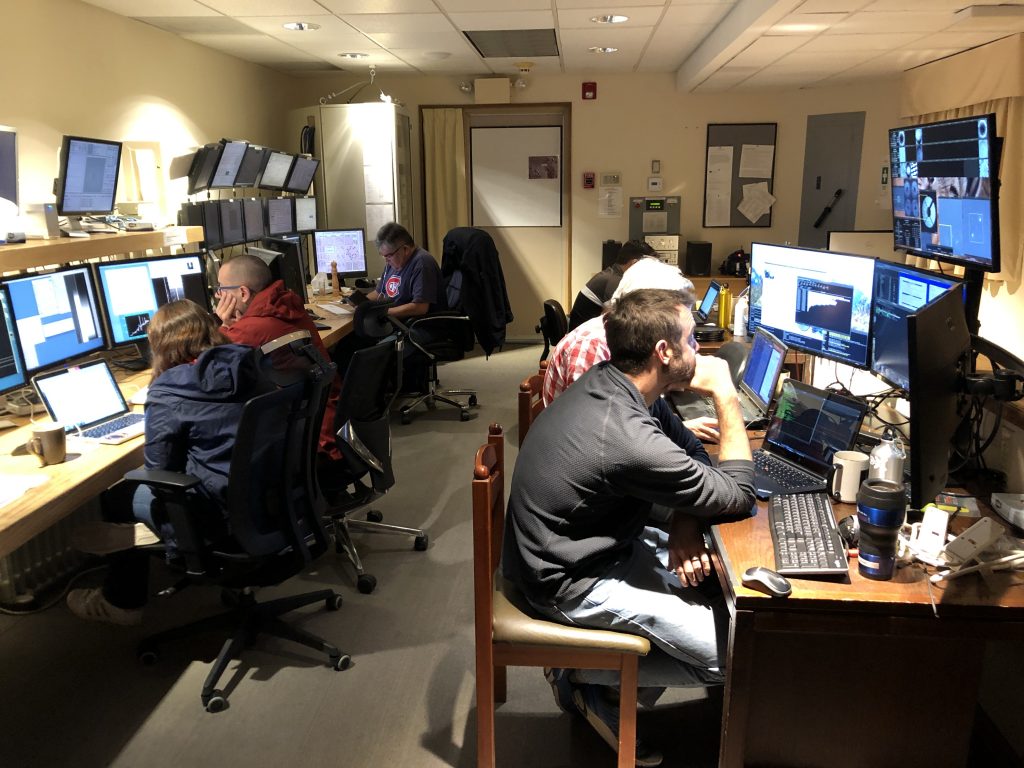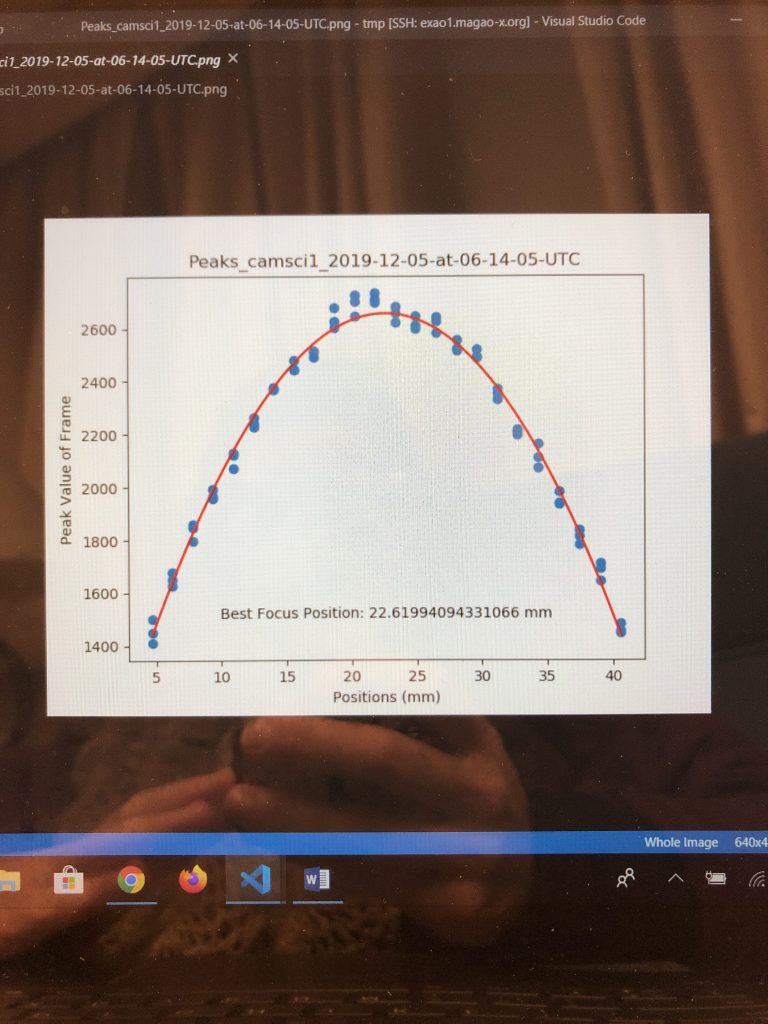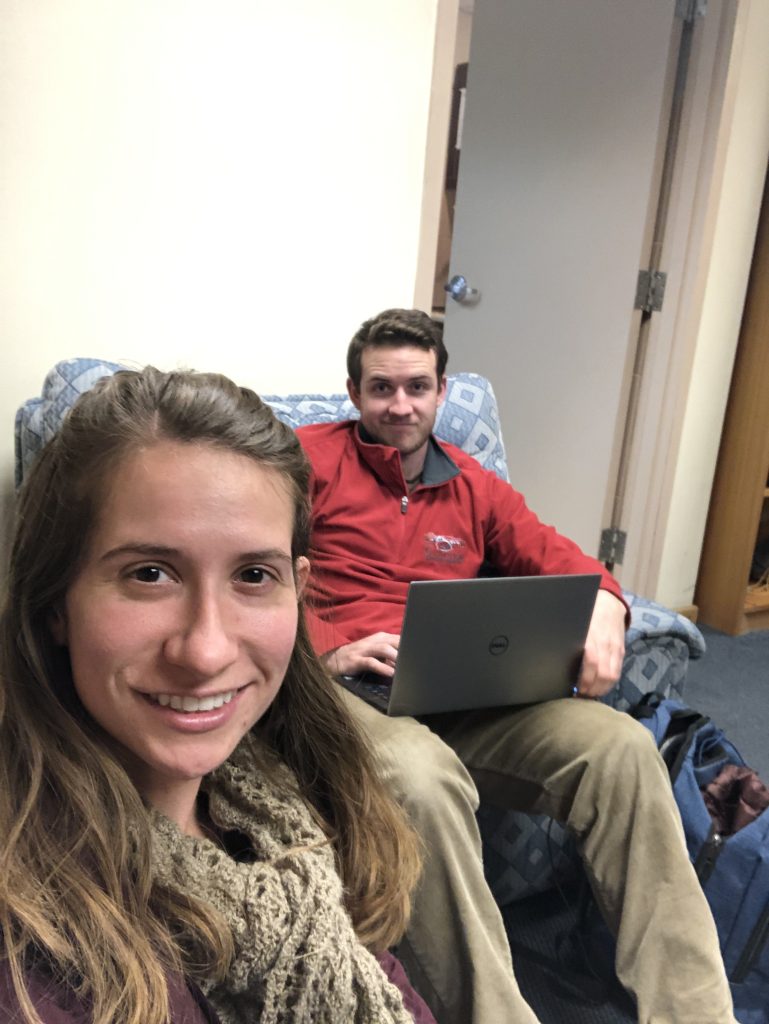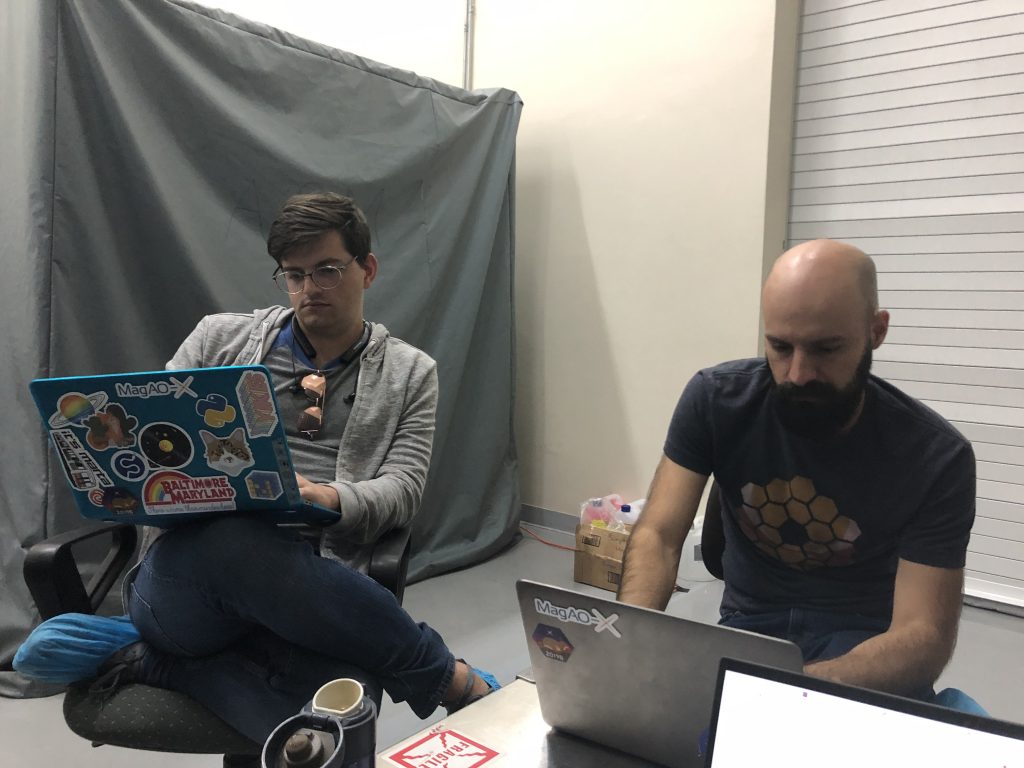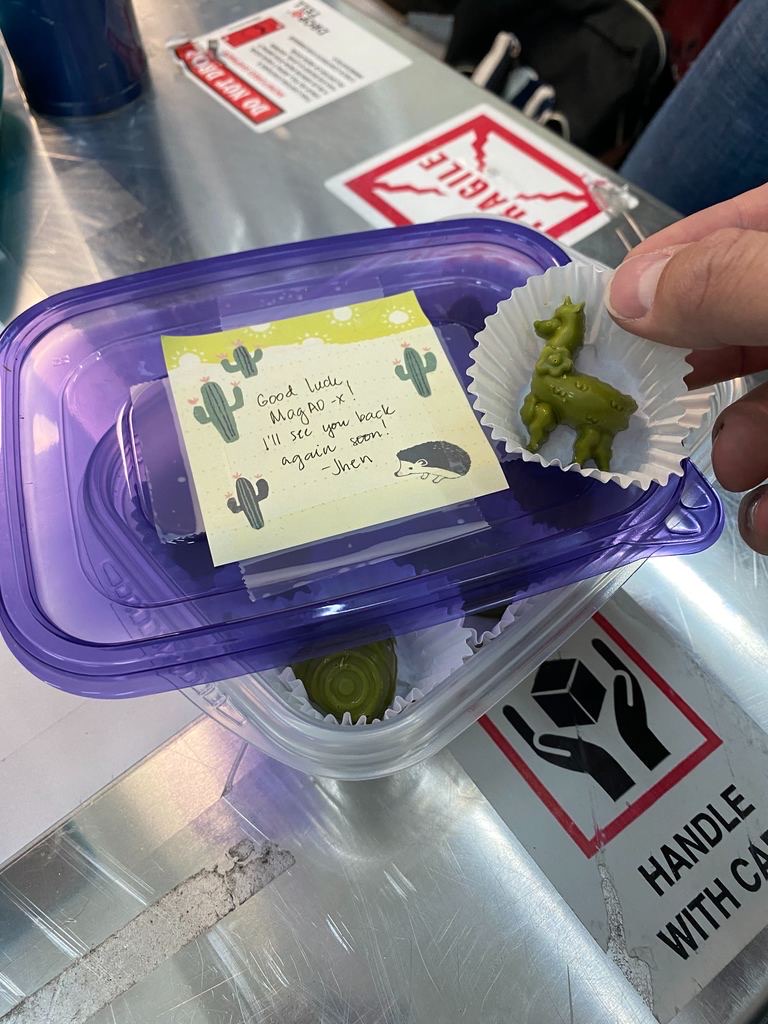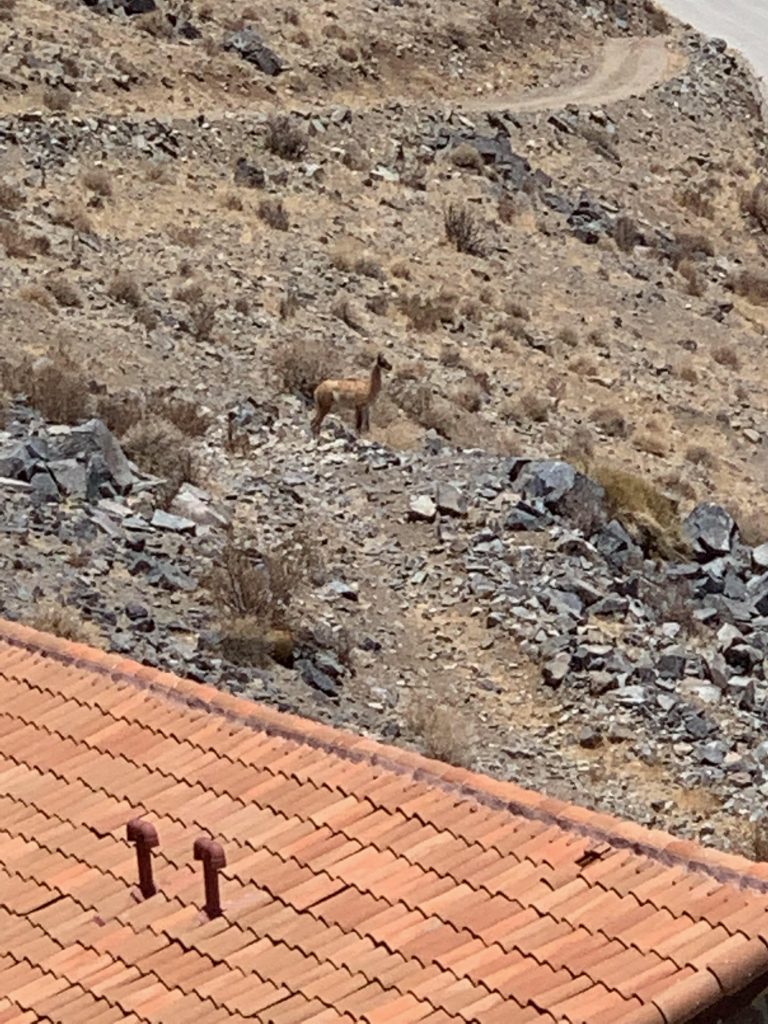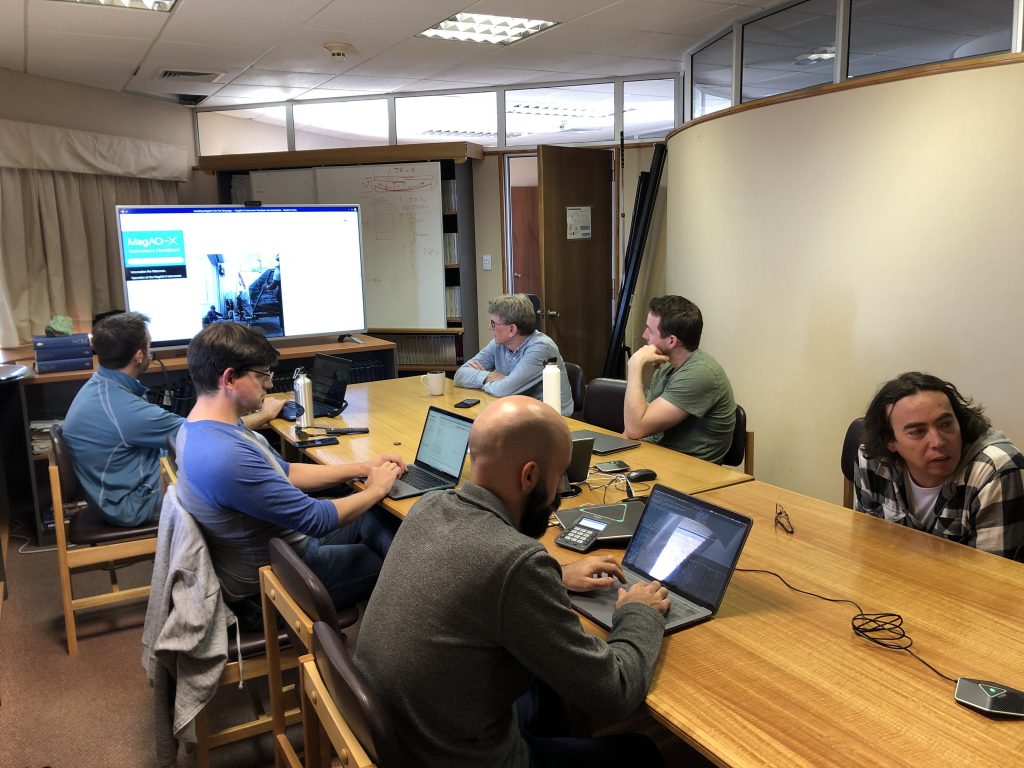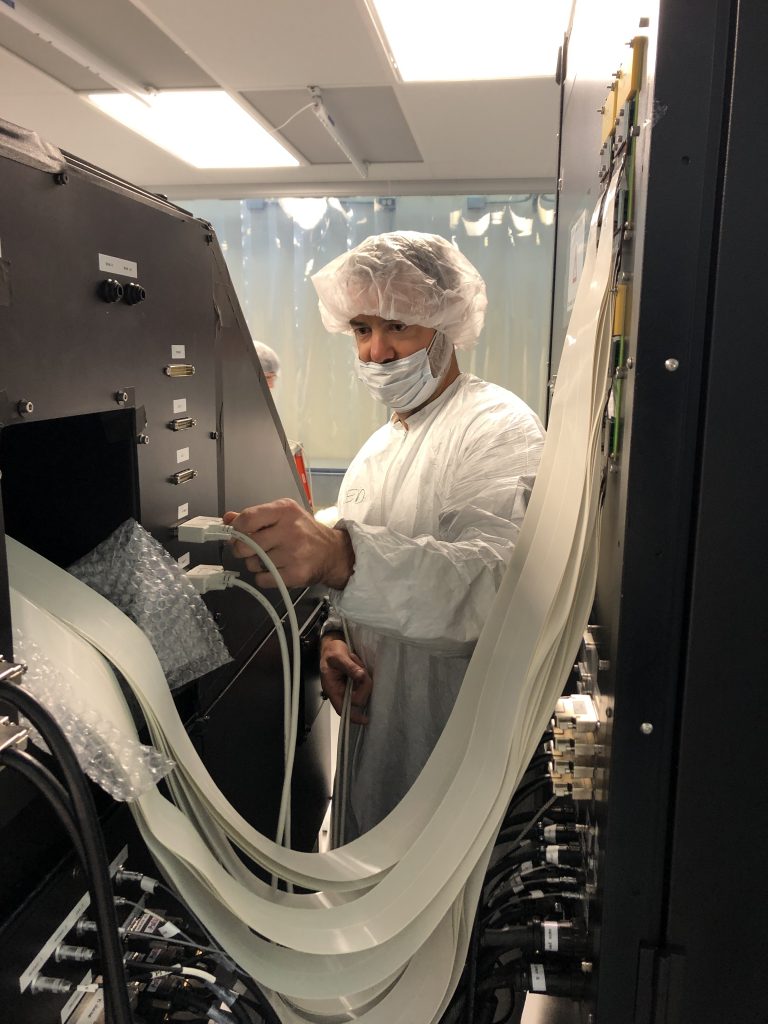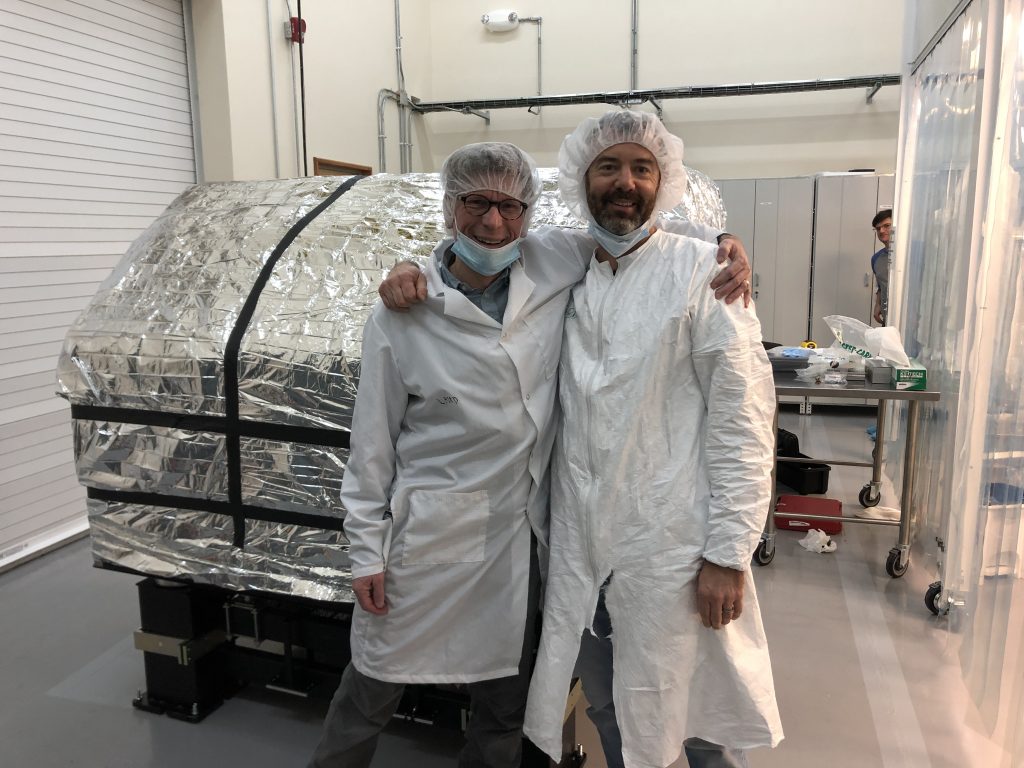It’s only day 2 of the SPIE Astronomical Telescopes & Instrumentation Conference and already lots of interesting talks, lunch & learns, and posters are underway.
Dr. Richard Dekany gave an interesting talk on SIGHT, the Palomar 5m telescope LGS AO system, and highlighted the support of our very own Sebastiaan Haffert and Meghan O’Brien on the Optical Differentiation wavefront sensor.
The Equity, Diversity, and Inclusion (EDI) Lunch & Learn brought up interesting points about international differences in approaches to EDI. There are more similar events and networking events throughout the week in room 514!
We supported fellow optical sciences grad student, Kevin Derby, from the UArizona Space Astrophysics Lab during his fantastic talk on pinwheel segmented primary apertures.
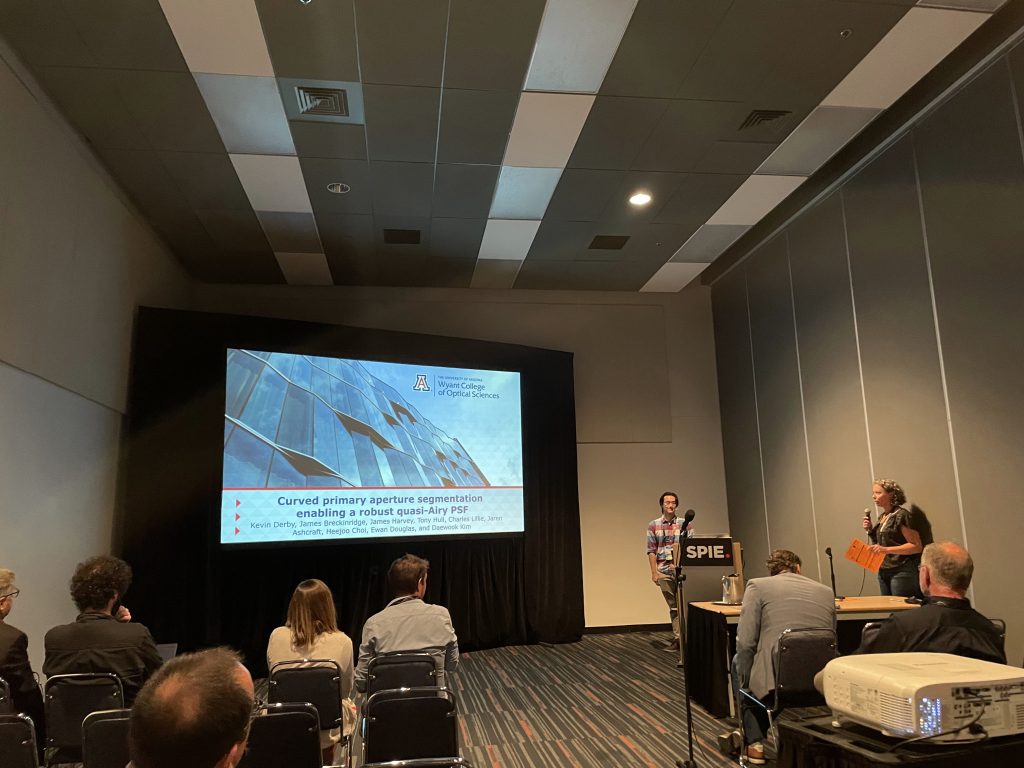
Since this lab just loves when things are “in-phase”, several of us attended a talk on the phasing of the James Webb Space Telescope by Scott Acton. He had some thoughtful words on his next steps as a scientist, “And that’s how you align the telescope. Now I need another job.”
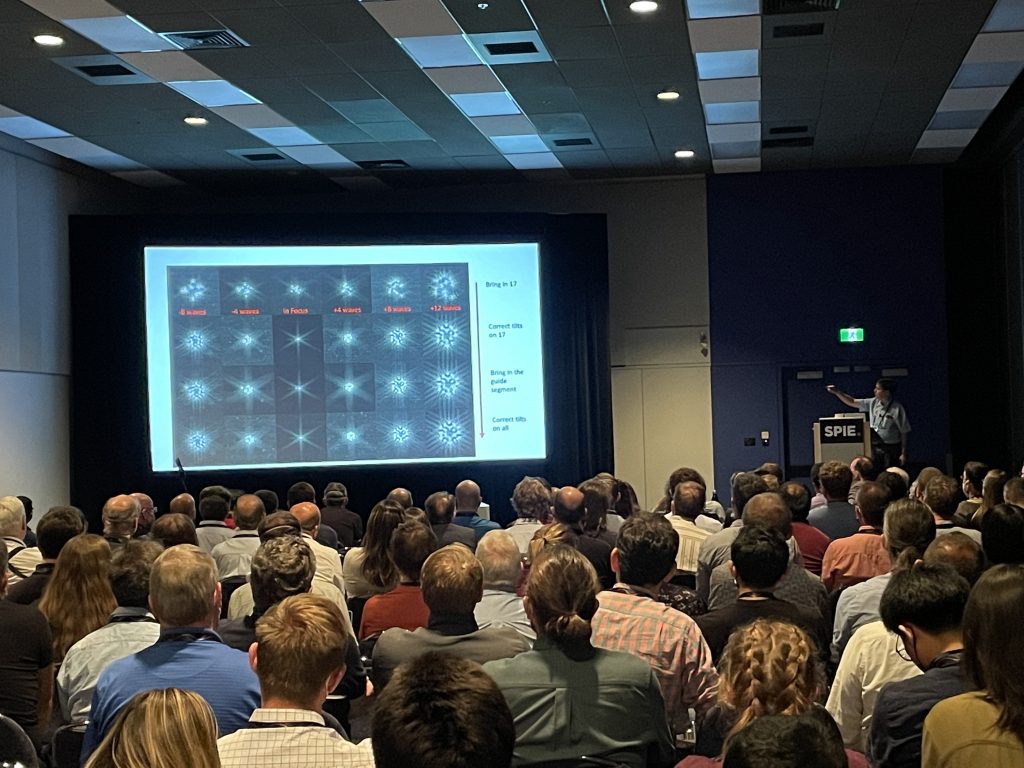
On theme with space telescopes, we are finishing the night with UASAL graduate student, Jaren Ashcraft, presenting his poster on the Space Coronagraph Optical Bench – SCoOB.
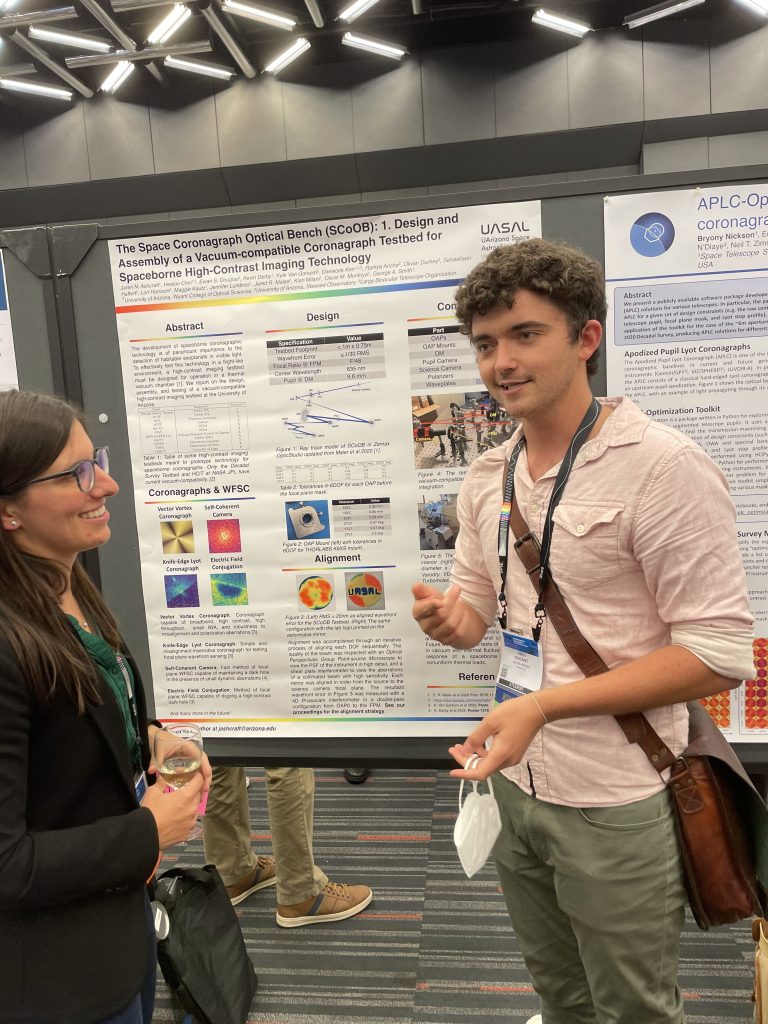
Sorry, I’m not a connoisseur of French music.
